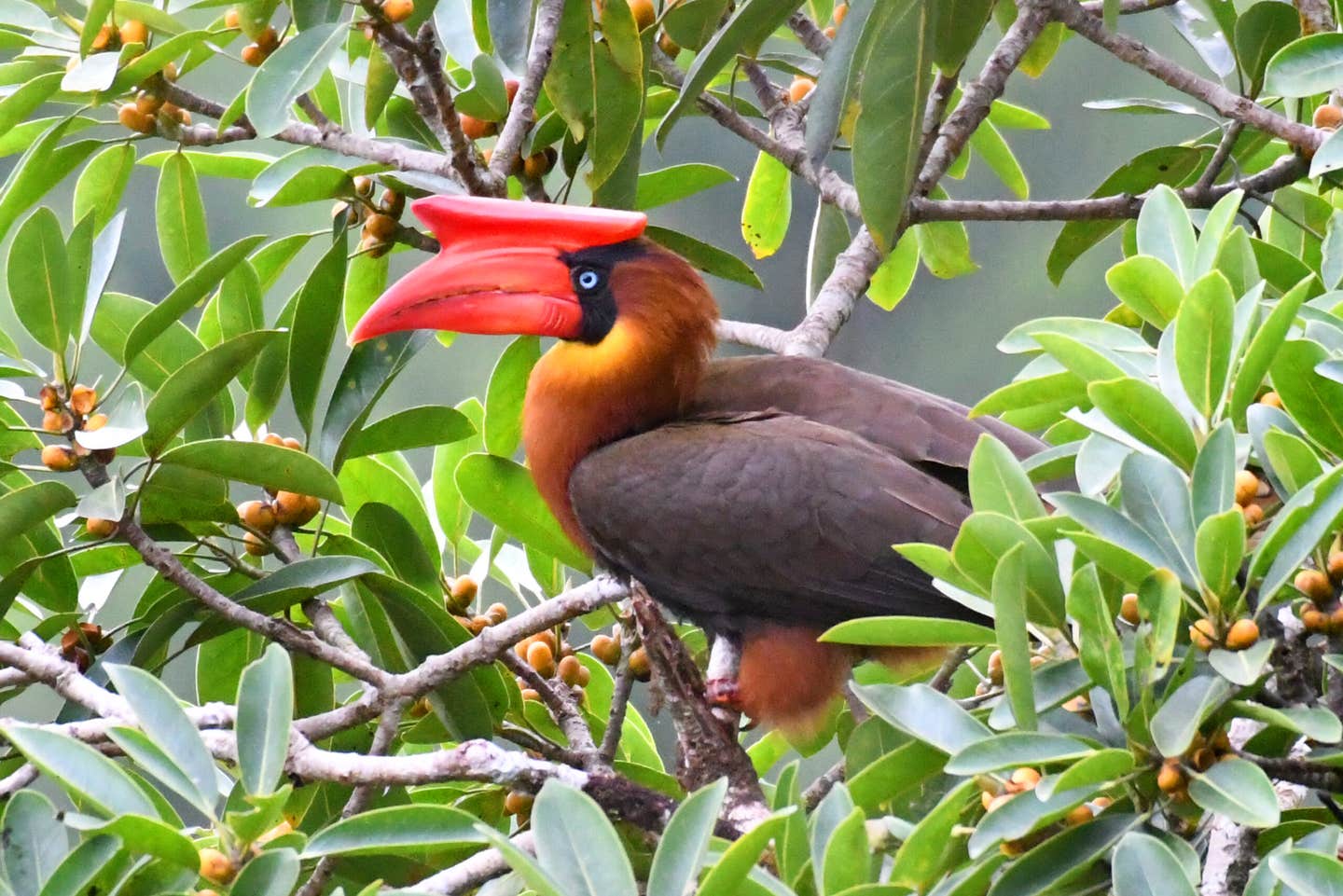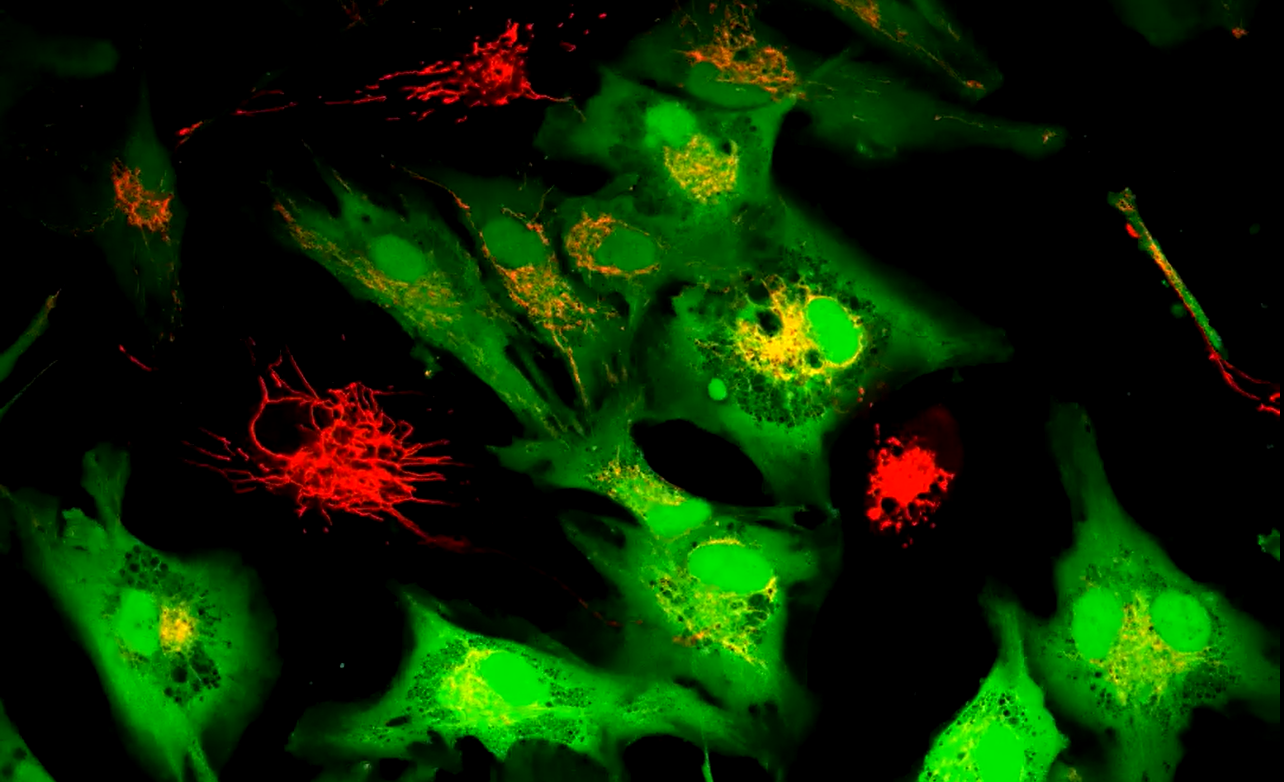500 bird species face extinction within the next 100 years
New research warns that over 500 bird species could go extinct within a century, even with full conservation efforts.

Even full-scale conservation may not prevent a bird extinction crisis. Targeted rescue plans are vital. The Rufous Hornbill shown. (CREDIT: CC BY-SA 4.0)
In the race to save birdlife around the world, time is running out—and doing everything right still won’t be enough. Despite global conservation goals and urgent policies aimed at protecting nature, new research shows that up to 500 bird species could vanish within the next century. This number triples all recorded bird extinctions since the year 1500, underscoring just how steep the loss could be.
A major international study led by scientists at the University of Reading, published in Nature Ecology & Evolution, finds that large-scale conservation alone can’t halt the looming wave of bird extinctions. Even if all human-caused threats—like deforestation, climate change, and hunting—were stopped today, nearly 250 species would still be lost. That’s because many birds are already so threatened that broader protections won’t be enough to bring them back.
Why Functional Diversity Matters
Birds don’t just brighten our skies—they’re a vital part of keeping ecosystems strong and balanced. Their wide range of traits, such as body size and beak shape, help control pests, spread seeds, and maintain forests. This variety, called functional diversity, helps ecosystems work better and stay resilient when changes occur. But when certain bird species disappear, especially those with unique traits, ecosystems can become less stable and lose their ability to recover from shocks.
Functional diversity is linked to how well nature delivers services we depend on, like clean water, fertile soil, and climate regulation. Studies show that areas rich in functional traits recover faster from disasters and are more productive over time.
Losing birds with unique features—like the bare-necked umbrellabird, helmeted hornbill, or yellow-bellied sunbird-asity—does more than just reduce bird numbers. It weakens entire ecosystems and their ability to support life, including human life.
“We face a bird extinction crisis unprecedented in modern times,” said Kerry Stewart, lead author of the study. “We need immediate action to reduce human threats across habitats and targeted rescue programs for the most unique and endangered species.”
Related Stories
Habitat Destruction Leads the List
Using data on nearly 10,000 species from the International Union for the Conservation of Nature (IUCN) Red List, researchers created a model to estimate which birds face the highest risk of extinction. This model, called a phylogenetic generalized linear mixed model, looked at how different threats interact with a bird’s body shape, size, and other traits. It also considered how species are related and where they live.
The results point to habitat loss and degradation as the biggest cause of bird deaths. Forests, wetlands, and grasslands are being wiped out or fragmented by farming, mining, and urban growth. This destroys breeding grounds and feeding areas, leaving birds with nowhere to go.
Some types of birds are hit harder than others. Large-bodied birds are especially at risk from climate change and hunting. Their size makes them more visible to hunters and more sensitive to rising temperatures. Birds with wide wings—often forest fliers—are more likely to suffer from habitat destruction.
“Stopping threats is not enough,” said Professor Manuela Gonzalez-Suarez, a co-author of the study. “As many as 250 to 350 species will require complementary conservation measures, such as breeding programs and habitat restoration, if they are to survive the next century.”
10 of the most critically endangered bird species
Here are 10 of the most critically endangered bird species—using estimated lowest wild population sizes, the rarity of sightings, and acute risk factors:
| Common Name | Scientific Name | Est. Wild Mature Individuals |
| Mangrove Finch | Camarhynchus heliobates | 20–40 |
| Sulu Hornbill | Anthracoceros montani | ~27 |
| Réunion Cuckooshrike | Lalage newtoni | ~50 |
| Negros Fruit Dove | Ptilinopus arcanus | <50? |
| Bali Myna | Leucopsar rothschildi | <50 |
| Bengal Florican | Houbaropsis bengalensis | <350 |
| Red‑vented Cockatoo | Cacatua haematuropygia | 430–750 |
| Swift Parrot | Lathamus discolor | ≈500 |
| Blue‑throated Macaw | Ara glaucogularis | <250 |
| Rapa Fruit Dove | Ptilinopus harrisoni | <250 |
Targeted Rescue Can Make a Big Impact
While it may seem disheartening that threat reduction alone can’t save every species, the research also offers hope. By focusing special efforts on just 100 of the world’s most functionally unique and threatened birds, scientists estimate that 68% of the global diversity in bird traits could be preserved.
These efforts include targeted recovery programs like breeding birds in captivity, protecting their natural habitats, or even relocating them to safer regions. Though expensive and logistically difficult, these programs can be powerful tools—especially for birds on the edge of extinction.
Unfortunately, many of these birds have such small populations or limited ranges that general conservation laws won’t reach them in time. That’s where focused interventions become essential.
“Many birds are already so threatened that reducing human impacts alone won’t save them,” said Stewart. “These species need special recovery programmes, like breeding projects and habitat restoration, to survive.”
Different Threats Require Different Strategies
The study found that not all conservation actions have the same effects. Halting habitat loss will save the largest number of species overall. But reducing hunting and preventing accidental deaths—like birds flying into buildings or power lines—will help preserve birds with unusual traits. These birds may not be large in number, but they play critical roles in their ecosystems.
For example, fruit-eating birds that scatter seeds or insectivorous birds that control pests may have body structures that set them apart. If these birds vanish, their ecosystem functions disappear with them.
The research suggests that conservation strategies shouldn’t just focus on saving the most birds—they must also protect the most functionally important ones. This means taking a blended approach: reducing broad-scale threats while investing in rescue plans for the species most at risk.
A Call for Smarter Conservation
Global strategies aimed at preventing extinctions are necessary, but they must be smarter and more balanced. Protecting just half the natural range of every species may sound like a big step, but alone it will only prevent about half of the expected bird extinctions and trait losses over the next 100 years. That’s not enough.
Instead, scientists suggest combining large-scale threat reduction with pinpointed efforts to rescue those birds whose traits carry outsized value for ecosystems. These combined actions could greatly improve both the number of birds saved and the variety of traits protected.
And while this study focused on birds, the findings likely apply to other animal groups as well. As ecosystems grow weaker under climate stress and human pressure, preserving species richness and functional diversity becomes ever more important.
“Our results highlight the importance of understanding and mitigating the ecological impacts of species extinctions that are predicted to occur even under optimistic levels of conservation action,” the authors wrote.
In the end, stopping bird extinctions isn’t just about saving wildlife. It’s about saving the ecosystems that sustain all forms of life—your own included.
Note: The article above provided above by The Brighter Side of News.
Like these kind of feel good stories? Get The Brighter Side of News' newsletter.



